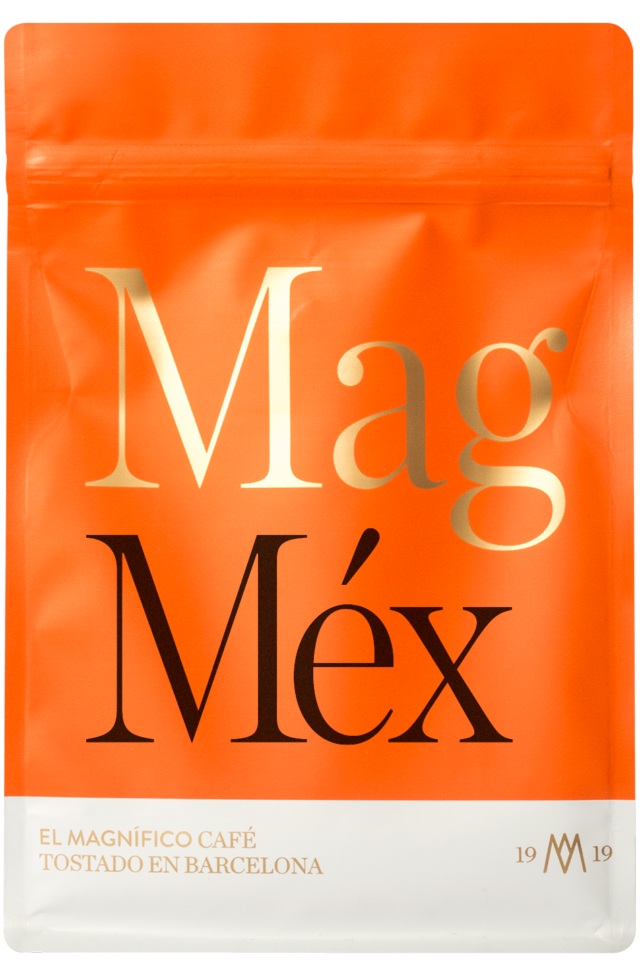
México Gabino
The Producer
Rogelio is one of the youngest active producers in the Pavencul community and deeply committed to offering quality coffee. His family is of Indigenous origin from a community called Mam, and both he and his family preserve the identity of their ancestors.
Their plots are located on the slopes of the Tacaná Volcano, which gives the cup a special quality and flavor. Furthermore, this family’s influence on their community has been significant, as their example has led to the expansion of many other small producers over the years.
Process Method
Lázaro, like all the small producers in the community, harvests the ripe cherries in two or three passes, and each producer or family pulps their batches and ferments them in tanks for as long as necessary. They then wash them and obtain the berries in parchment paper, which they spread out in their yards to dry in the sun.
Origin
As in most of Mesoamerica, coffee was first planted in Mexico during the early colonial period, most likely in the late 18th century. However, due to increased attention paid to the region’s rich mineral deposits and mining opportunities, coffee did not develop as an industry until later, especially in the late 19th and early 20th centuries, with the redistribution of farms, independence, and the emergence of small farmers, specifically those of indigenous origin. At the end of the 20th century, the Mexican government established a national coffee institution called INMECAFE, which, like the FNC in Colombia and ICAFE in Costa Rica, was developed to offer technical assistance, information, botanical materials, and financial credit to producers.
Unfortunately, INMECAFE was something of a short-lived experiment and was dissolved in 1989, leaving producers with a void in their access to support and resources, especially those in very remote rural areas. This infrastructure disruption and the coffee crisis that followed the end of the International Coffee Agreement plunged Mexico’s coffee growers into desperate financial times, which in turn dramatically affected quality. Throughout the 1990s and since the beginning of the 21st century, the increased presence, influence, and focus of Fairtrade and Fair Trade certifications, along with the emphasis of democratically run small-farm cooperatives, have worked to transform the image of Mexican coffee into one that reflects sustainability, affordability, and relatively easy logistics, considering its proximity to the United States.
In recent years, Mexico has struggled mightily with coffee leaf rust and other pathogens that have reduced both yield and cup quality. This, combined with the massive turnover of land ownership and the loss of labor to emigration and relocation, has created a tentative future for the producing country, although we have seen great cups and big promises from producers and quality associations. The best vessels are fantastic, and well worth the long-term work and investment to overcome the obstacles faced by the average farmer, who owns between 1 and 5 hectares (although some mid-sized farms will run closer to 25 hectares), helping to compensate for the area’s lack of rainfall. The shade is especially dense to protect the coffee trees from the region’s occasional frosts.
10,20 € – 40,80 €
Free shipping from €40 purchase